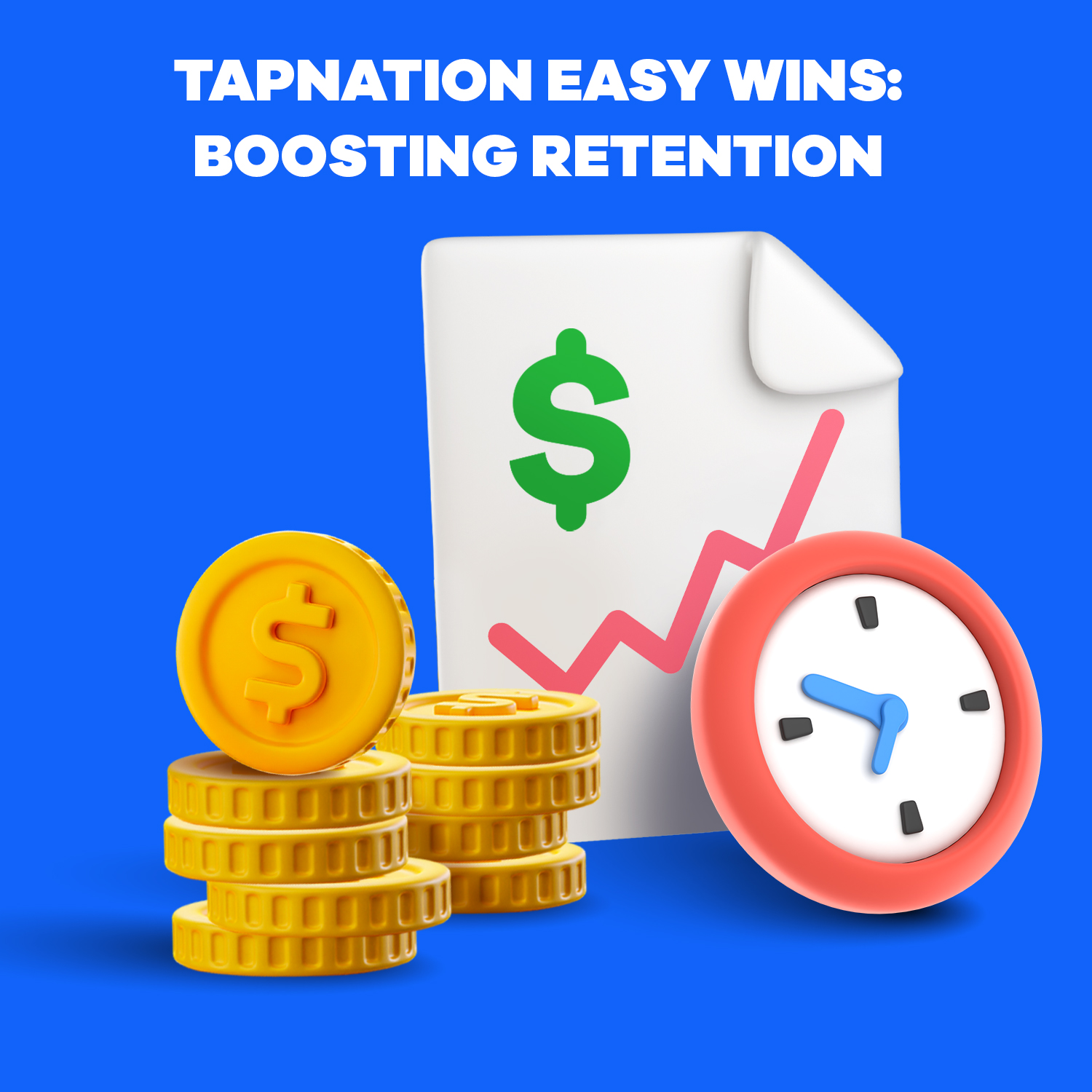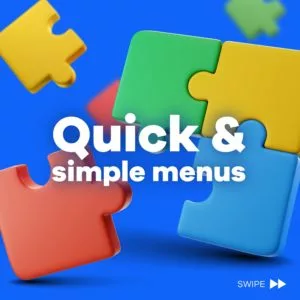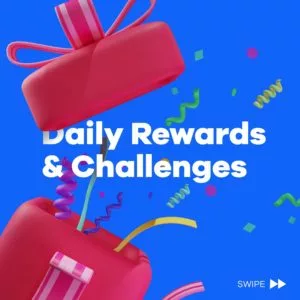
Philippe Naffah – Jul 21, 2022
Introduction
Getting someone to try a game is one thing, but keeping them coming back for more is quite another. This is essentially what we mean by ‘retention’, one of the most important metrics in the process of creating a hit game. Simply put, a game’s retention rate is the percentage of players who come back to play after a certain period of time since the game’s launch.
Over the years, we’ve developed a range of methods to reliably boost retention across almost any hypercasual game. We call these ‘easy wins’, and we wanted to share a few of them with you in this article.
What are the easy wins of retention?
Our easy wins are simple, generic changes to a game’s user interface, user acquisition, monetization and other aspects of development. In order to qualify as an easy win, a change must meet the following criteria:
- Proven formula: the change has been tested across multiple games and genres.
- Fast to develop: the change shouldn’t take long to develop and doesn’t carry many (if any) bugs, making it an ideal part of a generic module.
- Safe to implement: either from a technical or commercial point of view, the change is a safe bet that will work close to 100% of the time.
Below are a variety of case studies to illustrate how we create and implement easy wins to boost retention across different TapNation titles.
Case study 1: Game tutorials
When it comes to in-game tutorials, they need to be as fast and efficient as possible. Gestures work better than text because they create an easy-to-follow visual guide and don’t require localisation. To improve a game’s first time user experience (FTUE) and ultimately boost retention, an easy win could be to trigger elements of a game such as daily rewards and challenges on subsequent game starts instead of the very first one. The first play can then be focused on the tutorial and getting into the action.

Case study 2: Fast progression
A problem we encountered was that 90% of players don’t get to experience up to 90% of a game’s content. Our solution was to test a new FTUE that released all late-game content closer to the beginning of a game. Eventually, we created an easy win template in which all late-game content is released level by level, so the first X-number of levels all feature compelling, engaging rewards. This resulted in improved retention rates in the first few days after a game’s launch.
Case study 3: Ad pressure
Through AB testing, we found a ‘sweet spot’ for introducing interstitials into our games. Generally speaking, we found that interstitials should come later in a game, and that it’s better to introduce rewarded video opportunities step by step alongside new game features and content.
Case study 4: User experience
Other ways to maximise retention can be found in user experience. For example, when a player returns to a game, we found that getting them back into the action as quickly as possible boosted our retention rates. We achieved this by reducing the number of menus and clicks as much as possible.
We also found that incorporating a daily rewards calendar into a game also drives retention. By offering rewards, we managed to create a ‘fear of missing out’ (FOMO) amongst players, who then wanted to come back to the game to get that winning feeling. Using push notifications for rewards at strategic points in the lifetime of a player can also reinforce this.

Case study 5: Goals, goals, goals
Leaderboards are also a great way to improve retention. For competitive players, being able to see a leaderboard helps them quickly create their own long-term goals within a game, whereas non-competitive players can simply ignore it.
Daily or weekly objectives can then be used to create short to medium-term goals. These can follow the natural flow of the game so as to remain unobtrusive, or they can encourage players to adopt new ways of playing to add to a game’s ‘replayability’.
Beyond this, achievements can also be introduced to bolster retention. These are essentially objectives with no time constraint that reward players for exploring areas of the game that they might not have explored without an incentive.
All in all, If you have any further questions about publishing with us and our data tools, check out the publishing page on our site. You can also email us or get in touch via our social channels.






